Line/kite ratio increase
To describe someone who had changed their ways/opinions/activities with age (often to something milder) my father used the expression(/proverb?): "When the devil grows old he turns religious". OK, this may not be the a perfect application of the expression, but here is my first framed quad, on a beach in Sidmouth (UK, Devon).
Except for one day the wind here has always been much lower than the forecast making (especially inverted) hovers difficult to practice. I unfortunately didn't bring the lighter set of spars (the 2 wrap ones) during this vacation trip out of fear that my rookieness would break them (they remain at home in their original bag). What is the most common way of breaking quad spars - breaking the spars in the air (due to high wind/hard input) or when doing "unplanned landings" with a powered kite with tensioned lines? So far I've only tried the 15m lines, mostly due to the low wind (and sometimes lack of space), but I find it an OK length of learning on (without having tried the 25m line set yet).
I'm sure that previous DLK experience makes it easier to pick up QLK. The make shift thought model that the brake lines (rear lines?) corresponds to pulling the right/left DLK line gets you far. To start with QLK has also given me perspective on DLK. The DLK precision in figures, starting/landing, etc..., that I've taken for granted is more evident for me now when I can compare it to my currently more wobbly QLK piloting.
Photo Information
- Taken with SAMSUNG GT-I9000
- Focal Length 3.8 mm
- Exposure Time 1024/1393664
- f Aperture f/2.6
- ISO Speed 50

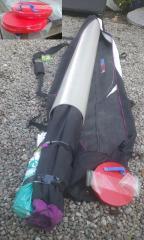
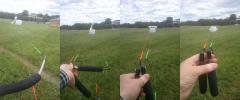
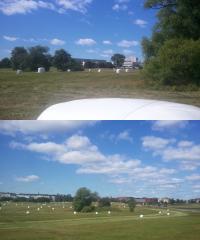

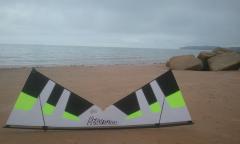



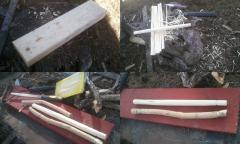


Recommended Comments
Join the conversation
You can post now and register later. If you have an account, sign in now to post with your account.